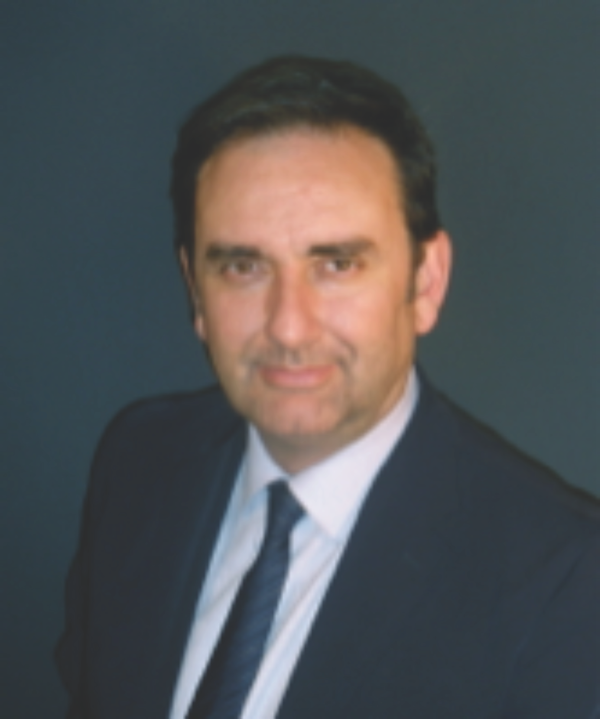Monday, July 10, 08:00 - 08:40, Coronado B
This talk opens Session MO-A2.2A: New Physics in Guiding Systems I
The 2016 Nobel Prize in Physics was awarded for the pioneering work on counter-intuitive topological states of matter. Half a century later, the area of topological photonics is emerging. I will provide an overview of the field, with special emphasis on how topological approaches can be applied to novel microwave devices such as broadband circulators, reflectionless waveguides, and delay lines.
Gennady Shvets is a Professor of Applied and Engineering Physics at Cornell University. He received his PhD in Physics from MIT in 1995. His research interests include optical and microwave metamaterials and their applications, optoelectronic devices, and topological photonics. He is a Fellow of the American Physical Society (APS) and Optical Society of America (OSA).
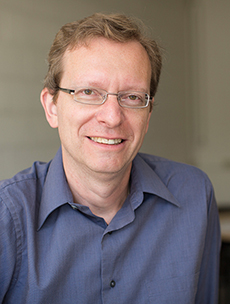
Monday, July 10, 13:20 - 14:00, Hillcrest CD
This talk opens Session MO-A5.1P: Implantable Antennas and Sensorss
This presentation reviews batteryless wireless implants for endoluminal applications in physiological symptom diagnosis and management. Overall system constraints, antenna and hardware design consideration, implementation configurations and experimental results in animal models will be discussed. Esophagus sensors to detect reflux occurrence and pH, and gastric stimulators to sustain stomach motility are exemplified for their wireless operation by electromagnetic energy transfer.
J.-C. Chiao is Greene endowed professor of Electrical Engineering at University of Texas – Arlington. He received his PhD at Caltech. Dr. Chiao received the 2011 O'Donnell Award by The Academy of Medicine, Engineering and Science of Texas; Tech Titan Technology Innovator award; and IEEE R5 Outstanding Engineering Educator award. His webpage is at http://www.uta.edu/faculty/jcchiao/
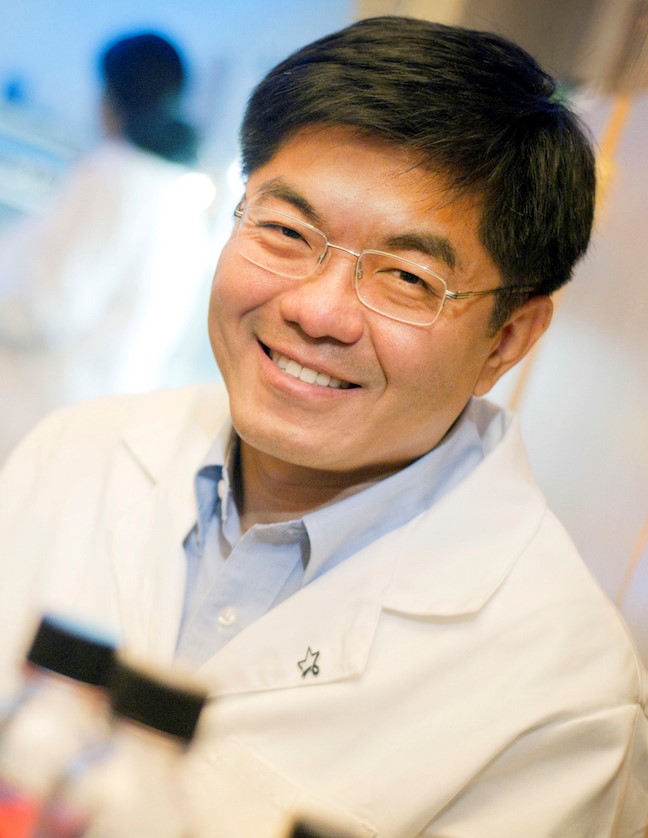
Tuesday, July 11, 08:00 - 08:40, Coronado B
This talk opens
Session
TU-A2.1A: New Physics in Guiding Systems II
Time-varying systems have recently gained significant attention for the realization of nonreciprocal and active devices. In this tutorial, we provide an overview of the recent progress in this area, including different approaches to time-varying systems that break reciprocity and an outlook on their applications for antenna systems, including isolators, circulators, nonreciprocal antennas, metasurfaces and topological insulators for radio-waves and light.
Andrea Alù is the Temple Foundation Endowed Professor at the University of Texas at Austin. He received his Laurea (2001) and PhD (2007) from the University of Roma Tre, Italy. His research focuses on metamaterials and plasmonics, electromagnetics, nanophotonics and acoustics. Dr. Alù is a Fellow of IEEE, OSA, SPIE and APS, and received the NSF Alan T. Waterman award (2015), the URSI Issac Koga Gold Medal (2011), and several other relevant awards and recognitions.
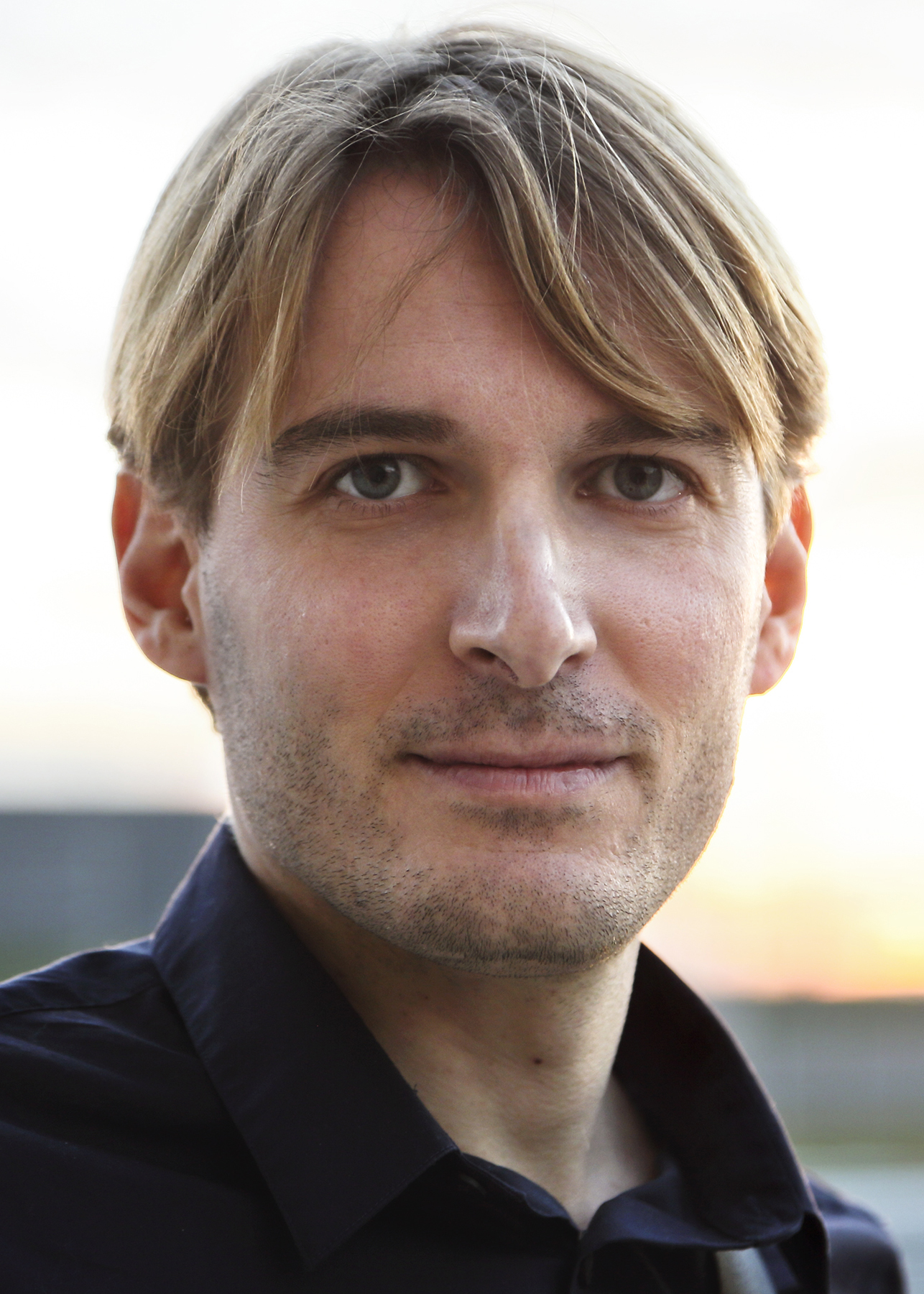
Wednesday, July 12, 08:00 - 08:40, America's Cup AB
This talk opens Session WE-A1.2A: Wideband Antennas for 5G, Full-Duplex, MIMO and AoA
The 5G New Radio is moving closer to commercial reality across design, standardization and implementation. Now that the 3GPP 5G NR Release 14 Study Item has been completed, the Release 15 Work Item is now underway at an accelerated pace to enable 5G NR enhanced mobile broadband deployments in spectrum bands below 6 GHz and in higher frequency mmWave bands. Key 5G design aspects and performance improvements include low latency frame structures, LDPC and Polar channel coding, massive MIMO, mmWave beam tracking, and improved network architectures. We are now embarking on large scale 5G NR trials with operators worldwide as commercial rollouts in 2019/2020 will set the stage for the next decade of 5G growth.
Dr. John E. Smee is a Vice President of Engineering at Qualcomm Technologies Inc. He joined Qualcomm in 2000, holds 61 US Patents, and has been involved in the system design for a variety of projects focused on the innovation of wireless communications systems such as CDMA EVDO, IEEE 802.11, 4G LTE, and 5G. His work involves taking advanced system designs and signal processing techniques from theory through design, standardization, implementation, and productization. He is currently a 5G project engineering lead in Qualcomm’s research and development group. John was chosen to participate in the National Academy of Engineering Frontiers of Engineering program and is a recipient of the Qualcomm Distinguished Contributor Award for Project Leadership. He received his Ph.D. in electrical engineering from Princeton University, and also holds an M.A. from Princeton and an M.Sc. and B.Sc. from Queen's University.
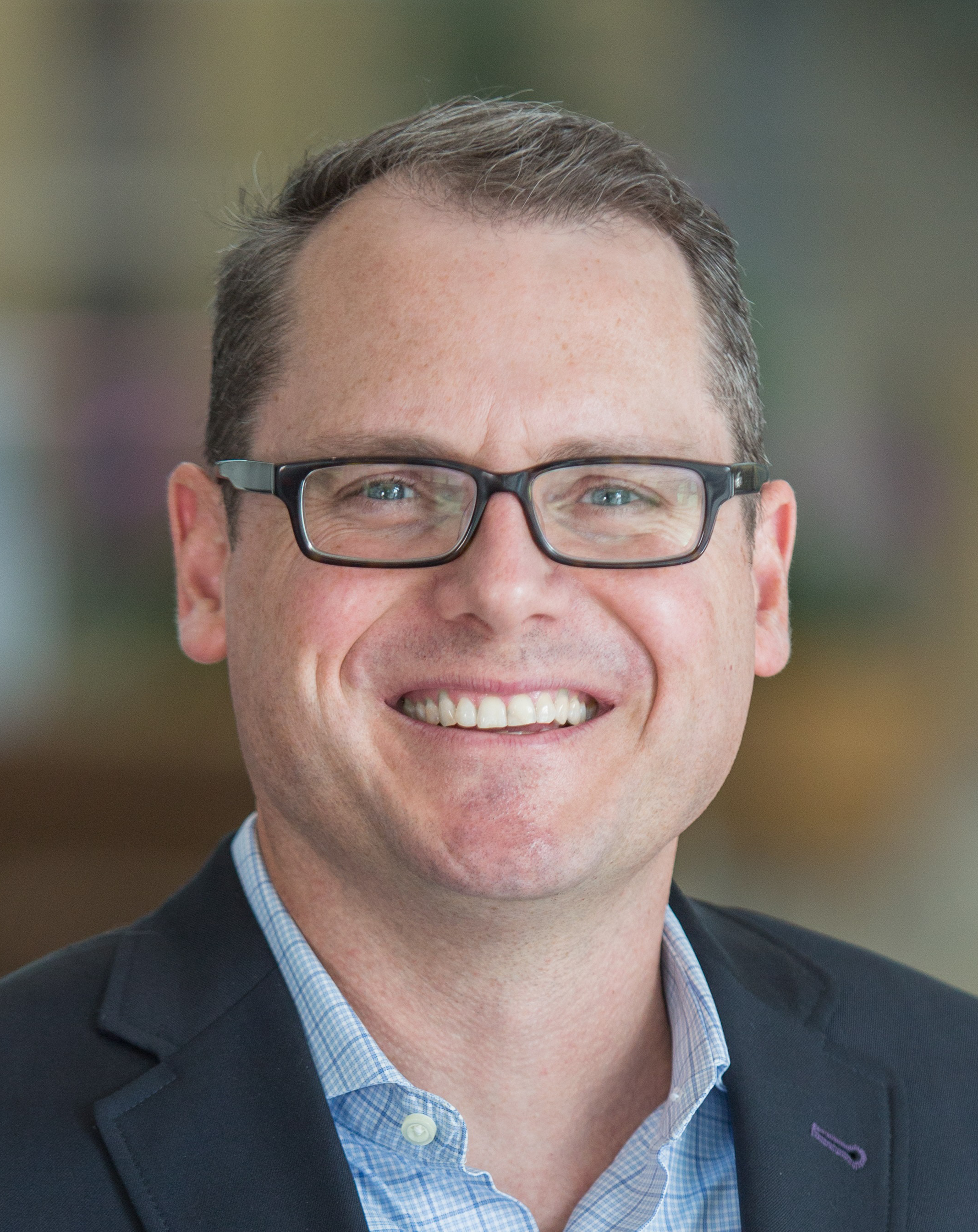
Wednesday, July 12, 13:20 - 14:00, Regatta
This talk opens Session WE-A3.1P: Multiphysics Methods and Applications
Electromagnetics-based multiphysics modeling has a wide range of application in science and engineering. However, its development faces a number of technical challenges. By using four examples, which involve electromagnetic, heat, fluid, mechanical, circuit, and plasma analyses, we will illustrate the nature and modeling of multiphysics problems and discuss some of the technical challenges and potential solutions in multiphysics modeling.
Jian-Ming Jin is the Y. T. Lo Chair Professor of Electrical and Computer Engineering at the University of Illinois at Urbana-Champaign. He has authored and co-authored six books, 265 journal papers, 22 book chapters, and 362 conference papers, and presented 142 invited talks. He was elected an ISI most cited author in 2002 and a Fellow of IEEE in 2001. He appeared 23 times in the university’s List of Excellent Instructors, and was awarded various professorship by 14 institutions around the world.
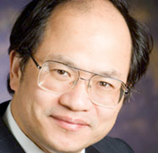
Thursday, July 13, 13:20 - 14:00, Coronado D
This talk opens Session TH-A5.1P: Terahertz IR and Optical Applications
The millimeter and submillimeter wave regimes have moved to the forefront of recent expansion and innovative use of the RF spectrum. As we depart the “Space Age” and enter the “Age of Biology” it is appropriate to take a closer look at what we can already do with millimeter and submillimeter-wave technology, by simply refocusing some existing circuits and techniques.
Peter H. Siegel has held appointments as Faculty Associate in Electrical Engineering and Senior Scientist in Biology at the California Institute of Technology, and Senior Research Scientist at the NASA Jet Propulsion Laboratory, both in Pasadena, California. At JPL, he founded and led for 25 years, the Submillimeter Wave Advanced Technology (SWAT) team, a group of 20+ scientists and engineers developing THz technology for NASA’s near and long term space missions. This included delivering key components for four major satellite missions and leading more than 75 smaller R&D programs for NASA and the US department of defence. At Caltech, Dr. Siegel has been involved in new biological and medical applications of THz, especially low power effects on neurons and most recently, millimeter-wave monitoring of blood chemistry. Among many other functions, he served as founding Editor-in-Chief of the IEEE Transactions on Terahertz Science and Technology (2010-2015) and founder, and now the General Secretary, of the International Society of Infrared, Millimeter, and Terahertz Waves, the world’s largest society devoted exclusively to THz science and technology. He is also an IEEE Fellow, and has served as an IEEE Distinguished lecturer, vice-chair and chair of IEEE MTTS Committee 4 – THz Technology, and an ad-hoc member of the MTTS AdCom for more than 10 years. Dr. Siegel has published more than 300 articles on THz components and technology and has given more than 200 invited talks on this subject throughout his career of 40 years in THz. His current appointments include: CEO of THz Global, a small R&D company specializing in RF bio applications; Faculty Associate in Electrical Engineering at Caltech; and Senior Research Scientist Emeritus at the NASA Jet Propulsion Laboratory.
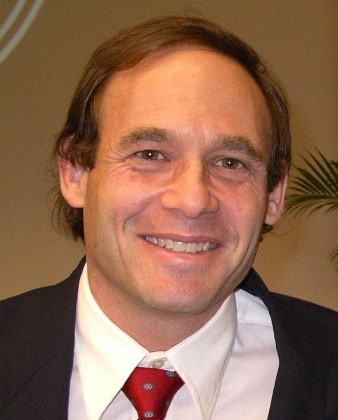
Friday, July 14, 08:00 - 08:40, Promenade AB
This talk
opens Session
FR-A1.4A: Phased Array Antenna Designs
UWB arrays with low-power and low-cost beam forming hardware are presented. Key features include: 1) 10:1 bandwidth with high isolation dual-pol antenna arrays, 2) on-site coding to reduce analog to digital and digital to analog converters by more than an order of magnitude, 3) signal spreading to achieve over 25dB of additional gain, and 4) 500MHz bandwidth simultaneous transmit/receive capability.
John L. Volakis has 35 years of experience in all aspects of Electromagnetics and sensing. He is the Roy & Lois Chope Chair Professor of Engineering at The Ohio State Univ. His publications include 8 books, 400 journal papers and ~800 conference papers. He mentored nearly 90 Ph.Ds/PostDocs with 37 of them having won awards at international conferences.
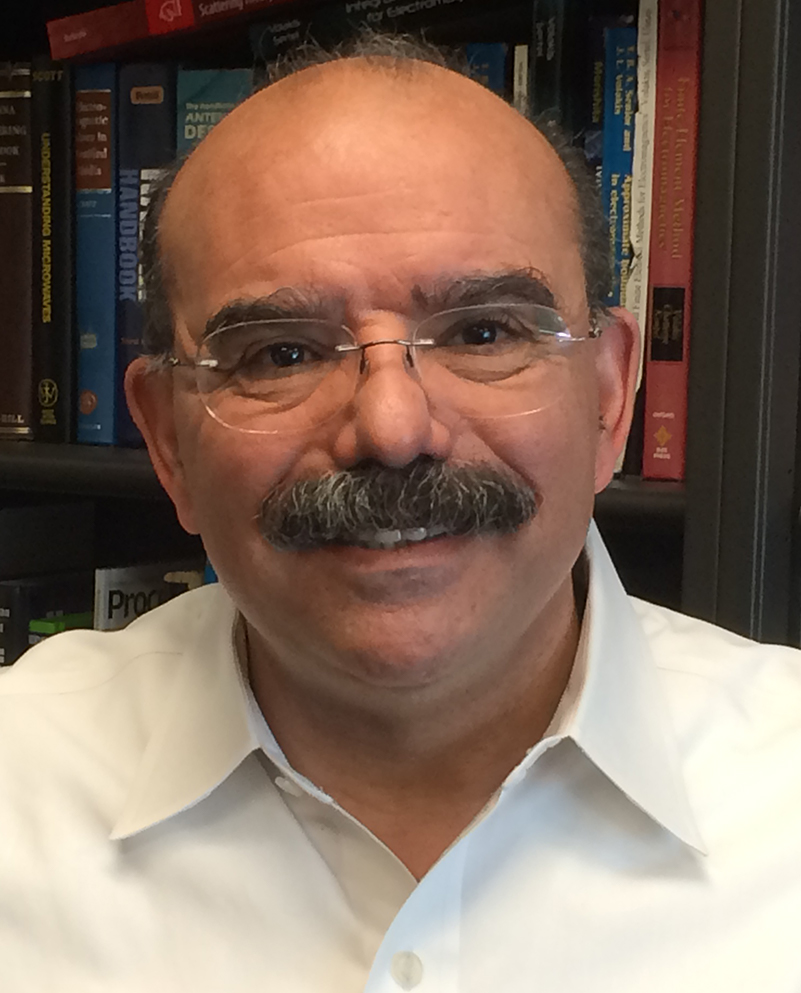
Friday, July 14, 13:20 - 14:00, Coronado A
This talk opens
Session
FR-A2.1P: Metasurfaces for Antenna Applications
In the recent years, metasurfaces (MTSs), i.e. the two-dimensional equivalent of metamaterials, have captured the attention of the AP-S community. In this talk, the recent achievement of the research in MTS will be reviewed with emphasis on antenna design, synthesis and applications in the microwave and millimetre wave range. A roadmap on the future perspectives of such antennas will be presented.
Stefano Maci is Professor at Univ. of Siena, Italy. He is expert in EM theory, high-frequency methods, integral equations, antennas, metamaterials. He is a IEEE Fellow since 2004. He was the founder in 2005 and presently the Director of the “European school of antennas” (35 Universities and 200 instructors, including 20 IEEE Fellow). He was AP-S AdCom member in 2010-12, former member of the Board of Director of EurAAP, IEEE Distinguish Lecturer, Chair of the Award Committee of IEEE AP-S. He was recipient of the EurAAP Career Award 2014, IEEE Chen-To Tai distinguished educator award 2016, and of the Schelkunoff Transaction prize in 2016. He is author of 150 papers in international journals, 10 Book Chapters. His paper got more than 5000 citations.
